New Approaches, New Results
 As we finish up the STEP II program, and students reflect on what they have learned and their experiences in the classroom, the teachers also must consider their teaching styles and foci. Yesterday, as I was interviewing a young man, he told me that he doesn’t like grammar—for him, the most important thing is that he understands people and they understand him. With that as his benchmark, he has undoubtedly succeeded in his English education. While his sentences are not grammatically sound, he is articulate and can confidently make himself understood. But if asked, he probably could not articulate the difference between countable and uncountable nouns, or the nuances of verb tenses. On the other hand, when I asked my class what they would like to do at the end of English class, I was asked about the perfect tense and the passive voice—things many native speakers struggle to understand and use correctly.
As we finish up the STEP II program, and students reflect on what they have learned and their experiences in the classroom, the teachers also must consider their teaching styles and foci. Yesterday, as I was interviewing a young man, he told me that he doesn’t like grammar—for him, the most important thing is that he understands people and they understand him. With that as his benchmark, he has undoubtedly succeeded in his English education. While his sentences are not grammatically sound, he is articulate and can confidently make himself understood. But if asked, he probably could not articulate the difference between countable and uncountable nouns, or the nuances of verb tenses. On the other hand, when I asked my class what they would like to do at the end of English class, I was asked about the perfect tense and the passive voice—things many native speakers struggle to understand and use correctly.
In some ways, this reflects how each student will put the English language to use. For students whose career depends on reading and writing in English, it is important to know the nuances of English grammar and the written language as it will be necessary for their studies and certification. One of my extremely dedicated students is studying for a certification in dentistry, but the exam which tests professional competency and knowledge is conducted entirely in English. Even with a perfect knowledge of dentistry, it would be impossible to pass this exam without a strong proficiency in English. For this student, it is vital to read, write, and understand complex, scientific structures in English. But for my students who want to open their own business, or work as a tour guide, comfortable communication in English is much more important than the specifics of verb tenses and clauses.
There are a number of foreign language learning strategies, and most fall on a scale between these two opposites—functional, survival comprehension, and grammatical understanding and construction. While in the past language classes have been heavy on grammar and translation as comprehension, contemporary experts prefer an interactive and integrated methodology. Even with the preference to use new methodology, it is found that emphasis on reading and translating passages, conjugation of verbs, and explanation and memorization of grammatical rules still are observed in foreign language classrooms today.” So, even though we know that these strategies aren’t necessarily the most useful for fluency, we do still consider the content important. After all, it’s jarring to hear someone say “He like go for sandwich,” even if the word order is correct and the idea is clearly conveyed.
At TYO, the exact methodology and style of instruction is left up to the teachers—some focus primarily on interaction, games, and comfort with the language, while others prefer a more structure-oriented approach. At the same time, choosing to use games and interactive methods does not by any means preclude learning grammar—in fact, the interaction and integrated nature of learning, or the direct method, has been shown to be much more successful. Here, the “primary goals are for students to think and speak the language; thus, no use of the native language is allowed. Teachers employ objects, visuals, and realia to make the input comprehensible.”
With teachers who often don’t speak or even understand Arabic, TYO’s EFL work must rely on the direct method. The emphasis is on context and understanding, rather than content. This is not to say that we don’t have direct grammar instruction, but students might practice grammar constructions with a team relay more often than they write a worksheet. My class wanted written and spoken fluency, more than they wanted to read complex texts, so we focused on building confidence and functional usage. At the same time, there is space for students who need to understand the complexities of the English language to ask questions and push themselves as far as they are able. This approach leaves the class very open and self-directed in many ways. The students learn basics collectively, but are able to drive their own learning with assistance from the teacher.
The English as a Foreign Language (EFL) program is part of STEP! II, a youth employability, empowerment, and community leadership initiative supported by Abdul Hameed Shoman Foundation.
Phoebe, EFL Fellow, Spring 2016

